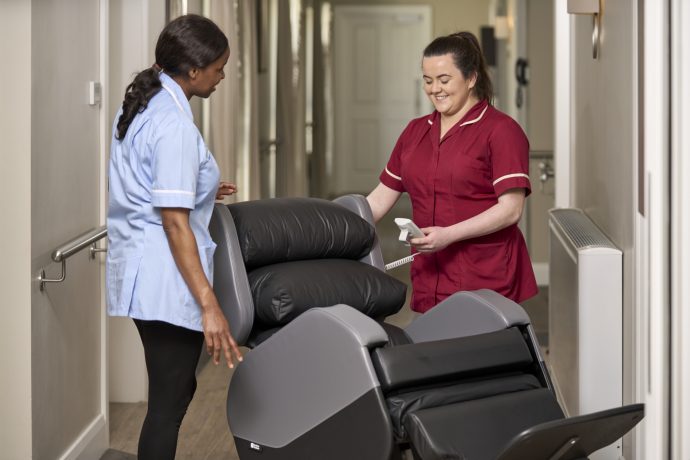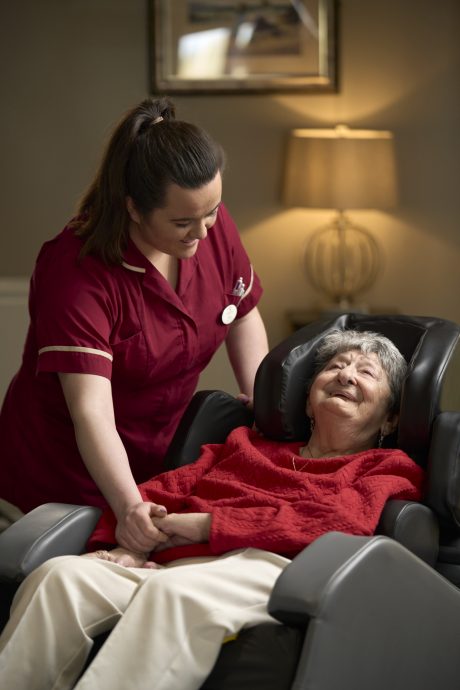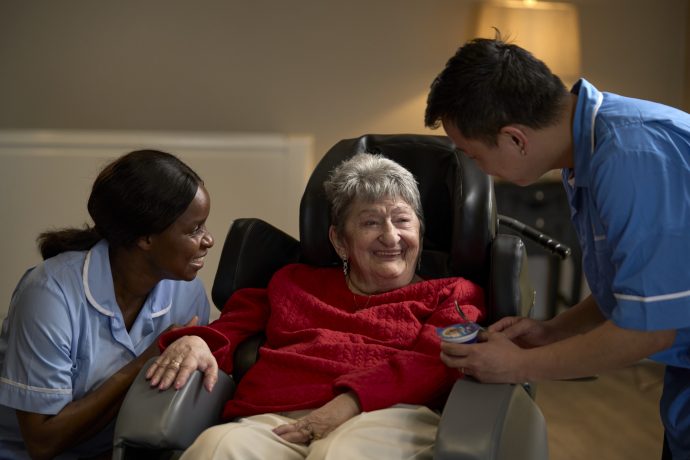
2nd September 2025
Empowering clinicians with expert-led training on clinical seating, pressure injury prevention, and best practice.
Learn More

Let our online product finder guide you through our simple steps to choose the chairs that best meet your patient’s needs.
Seating Solution FinderThe Envelo cushion provides excellent pressure redistribution and comes as standard on all Seating Matters chairs, meeting the clinical needs of most clients.
Explore Envelo RangeSeating Matters specialises in clinical, therapeutic seating solutions designed to improve patient care and safety, offering products for pressure injury prevention, postural support, and mobility assistance in healthcare settings.
Learn MoreDiscover how Seating Matters has transformed lives with our innovative seating solutions - read our inspiring customer success stories now!
Customer StoriesUsed in academia, in clinical practice and with caregivers around the world to guide their practices around specialist seating.
Download Free Handbook

We have found, that a common question with healthcare professionals can be ‘how often do you need to change a pressure cushion?’
The honest answer, is that there is no simple, one word answer to this question, as it depends on;
Cushion selection should always be done following a Pressure Care Risk assessment. Click here to read more about choosing the right cushion.
We are also passionate about not relying on the cushion alone to provide all the pressure care needs in a chair. While the cushion plays an integral role it must be used in accordance with the Four Principles of Clinical, Therapeutic Seating.
When you have provided the cushion most suitable for your patient, and adhered to the four principles, I would highly recommend that the patients skin is checked for redness or changes at regular intervals for the first 48 hours after fitting the cushion. This is to ensure the cushion is giving maximum pressure redistribution and comfort.
Depending on the type of cushion (for example an air cushion) it may need readjusted in the first 48 hours to get maximum benefit.
Thereafter, it is good practice to educate the client, or carers, to check the cushion every time the client is being transferred on to it, using this checklist;
If a foam cushion does not rebound to its normal position, then it needs to be replaced. The timeline for this depends on;
Generally speaking, the technical construction of the cushion should be reviewed annually by a professional and replaced every 2-3 years depending on its condition.
A clinical review of the cushion and its performance and suitability for the patient should be part of the patient’s care plan taking into consideration any changes or deterioration in the patients skin integrity or risk factors for pressure injuries.
Get in touch with out team today to see how we could help you or your patient.
Sign up to our mailing list to get practical tips and latest research delivered to your inbox!
** Note - the purpose of this blog is to give an overview of the product with some tips to consider on its use. This is not intended to be a substitute for professional or medical advice, diagnosis, prescription or treatment and does not constitute medical or other professional advice. For advice with your personal health or that of someone in your care, consult your doctor or appropriate medical professional.
Take the next step to achieve clinical excellence and a 24 hour package of care for patients.

Arrange a free, no obligation assessment of clinical, therapeutic seating.

Schedule a call at a time that suits you to speak with our experts.

Download your copy of The Clinician's Seating Handbook
Take the next step to achieve clinical excellence and a 24 hour package of care for patients.

Arrange a free, no obligation assessment of clinical, therapeutic seating.

Schedule a call at a time that suits you to speak with our experts.

Download your copy of The Clinician's Seating Handbook

2nd September 2025

15th August 2025

15th August 2025